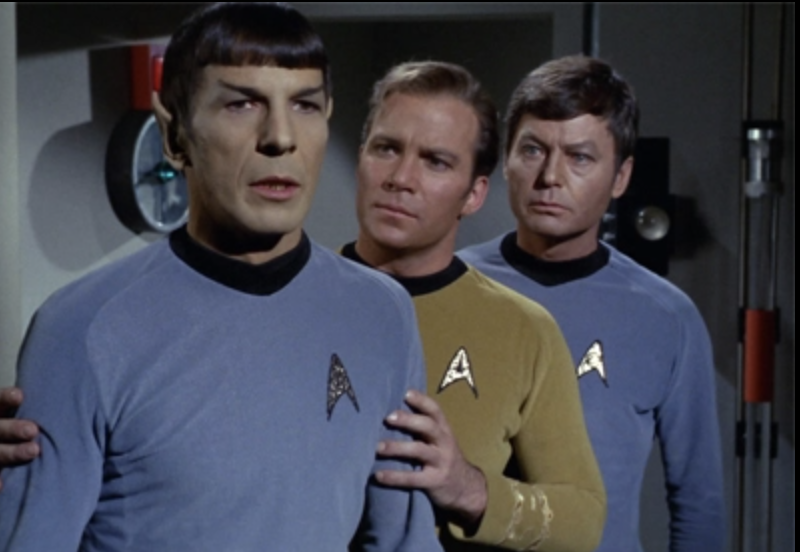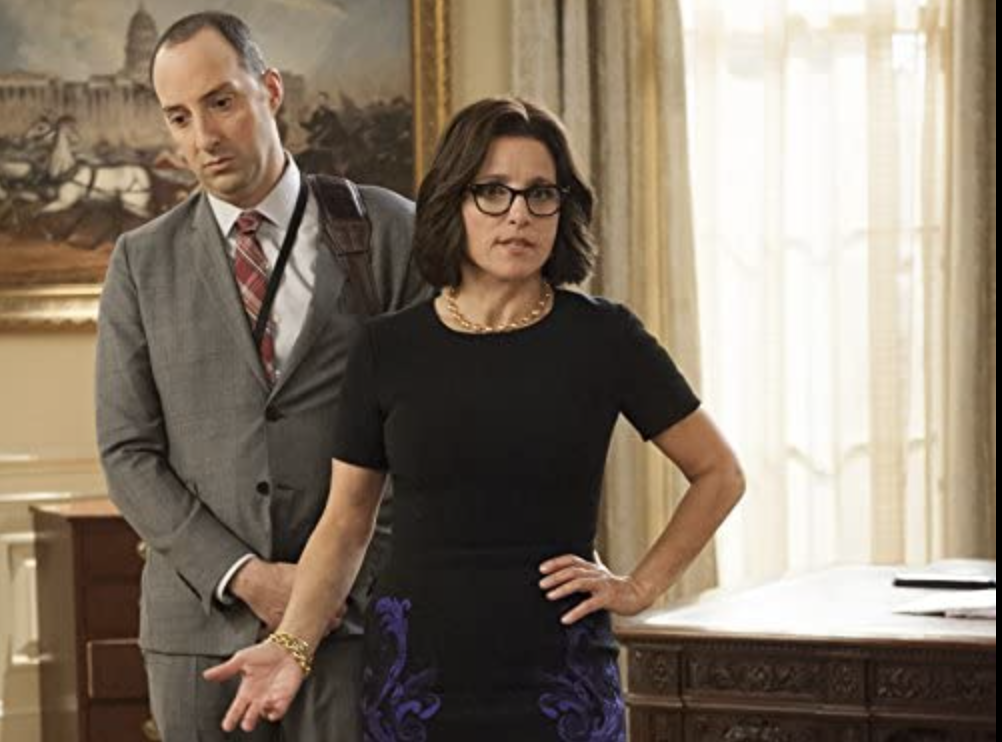We watch TV shows a lot differently than we once did.
Back in olden days, when dinosaurs roamed the earth …

… television was an appointment thing. Shows were scheduled for a certain time, and if you wanted to see them, that was when you watched them.
Some shows would be broadcast as summer reruns, but for the most part, if you missed them, they were gone. For that reason, shows rarely told a story from one week to the next Most shows featured characters who were in particular situations — lawyers or doctors solving weekly problems, families dealing with humorous incidents in their lives.
If you missed a show one week, you could still see it the next week with being confused.
The main exceptions to that were daytime dramas, or soap operas.
That began changing in the late ’70s, with shows like “Dallas” or “Dynasty.” Those shows and others like them had stories that developed from week to week. That made it difficult for those shows to acquire new viewers in midseason, and it also lowered the value of reruns.
Some shows were syndicated, and a few even became more popular later than they ever had been during their initial run. “Star Trek” was a perfect example of that.

The advent of video recorders in the early ’80s helped in one respect. People who could figure out how to set their VCRs could record shows and watch them later.
DVD players changed viewing a great deal when they came along in the late ’90s. Eventually, nearly every popular show — past and present — came out on DVDs, a season at a time. People could watch all 180 episodes of “I Love Lucy” and all 327 episodes of “Supernatural,” just to name two.
DVDs also changed viewership in another significant way. A fan of a show could spend an evening or a weekend watching episode after episode of a favorite show, a development that has come to be called “binge watching.”
With cable channels and streaming video, audiences became more and more fragmented. While comedies like “I Love Lucy” peaked with more than half of the country watching, today’s most popular funny shows draw less than a tenth of that.
I know I rarely watch situation comedies anymore. Shows like “30 Rock,” “The Office,” “Parks and Recreation,” “Arrested Development” and “Curb Your Enthusiasm” all have two things in common. First they are all highly regarded shows and second, I have never watched any of them.

But for some reason, I decided to try “Veep.” Partly it was an interesting subject and partly it was that seven seasons on HBO covered only 65 episodes.
I knew it had won numerous Emmy awards, including Best Actress for Julia Louis-Dreyfus in every one of the seven seasons.
So I started watching. It was strange. I don’t think I’ve ever seen a sitcom — cable or otherwise — with as much profanity, including at least a minor obsession with the anus. Oddly, while there are sex scenes of a sort, there is no nudity in the series.
One thing interesting about “Veep” is that it’s something of a rarity among sitcoms in that the main character isn’t particularly likable. There was a wonderful show that flopped in 1983 for a similar reason. Dabney Coleman was a talk-show host on “Buffalo Bill” and the show had a terrific cast. Sadly, nobody liked Coleman’s character.
Louis-Dreyfus’s character is a little less obnoxious, but still nowhere near lovable.
But the show works in a bizarre sort of way and is definitely worth watching.
One at a time or all at once.

